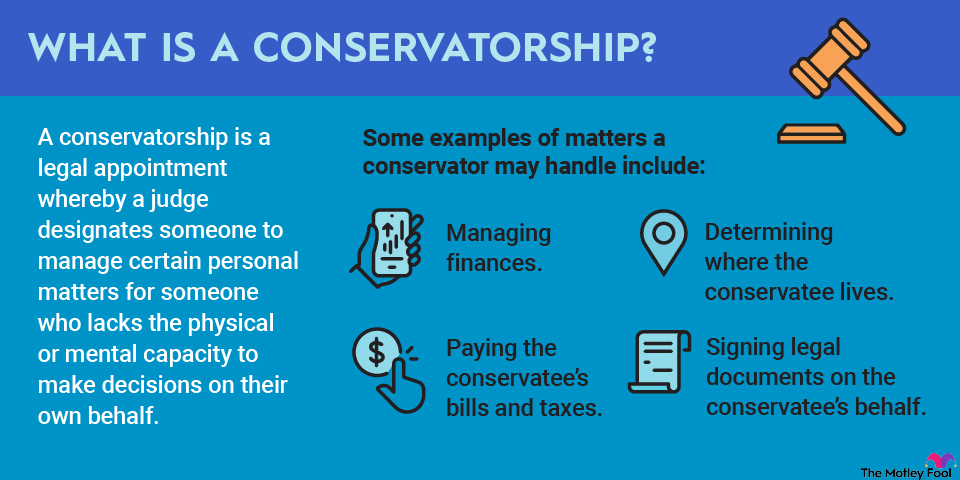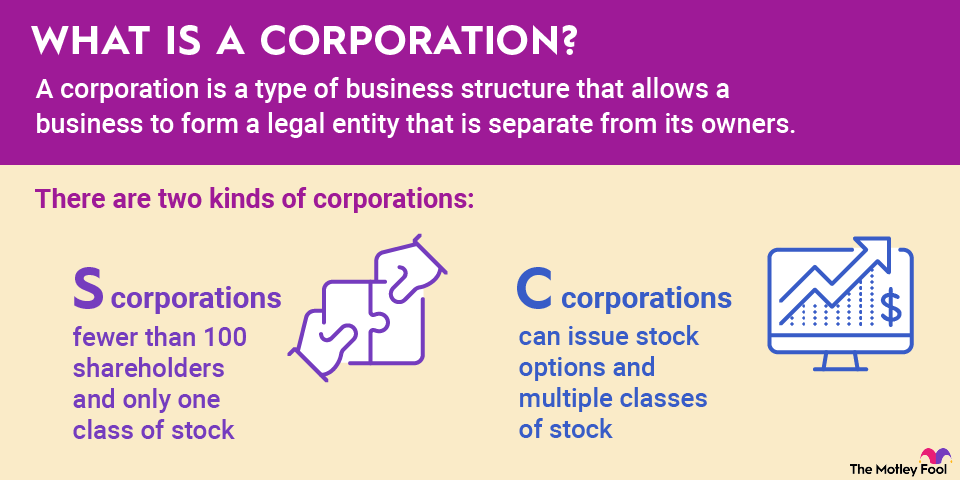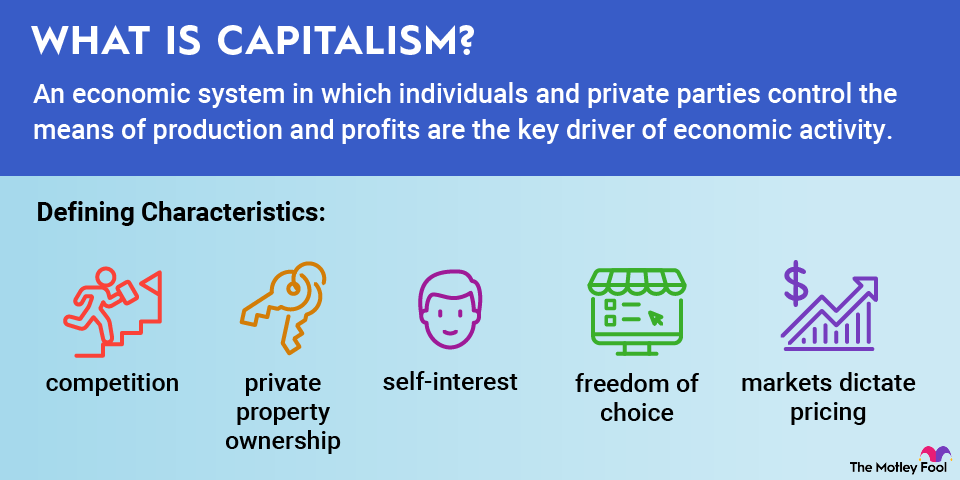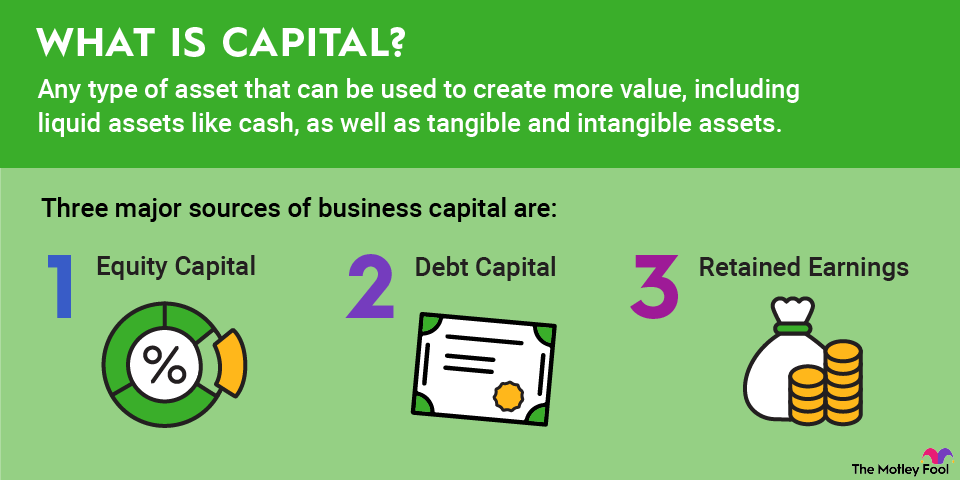In November 2012, Bitcoin (BTC -0.39%) was worth roughly $13.50. Midway through June 2024, the value of the cryptocurrency had risen to about $71,000 -- a 526,000% increase. There are many reasons for its astronomical climb, but we can't ignore the effects of "halving." Read on to learn more about cryptocurrency halvings -- what they are, how they affect cryptocurrencies, examples of cryptocurrencies that have implemented halving, and how halving has affected the biggest cryptocurrency of all.

What is cryptocurrency halving?
Cryptocurrencies are among the most volatile investments you can make. One day, a cryptocurrency is a meme coin worth tens of thousands of dollars; the next day, it's a forgotten, worthless entry in your digital wallet.
The first cryptocurrency, Bitcoin, went on the market in 2009. Bitcoin miners devote enormous amounts of computing power to maintain a blockchain and are rewarded with new Bitcoin through a proof-of-work scheme.
If Bitcoin mining were allowed to continue unchecked, the currency could suffer from the hyperinflation that occurs when too much money is printed. Bitcoin founder Satoshi Nakamoto, however, designed the currency to be limited to 21 million Bitcoins; already, 19.5 million have been mined.
In addition, Nakamoto devised a process known as the halving, or the reduction of the new Bitcoin supply by one-half, every 210,000 recorded blocks, or roughly every four years. The first halving occurred in November 2012; the most recent happened in April 2024.
Originally, Bitcoin miners could expect to be rewarded with 50 BTC for every successful block completed. Currently, they're getting 3.125 BTC. When the next halving occurs, probably in early 2028, the amount earned by miners will fall to 1.5625 BTC.
Other halvings
Although Bitcoin is the oldest and best-known cryptocurrency, it isn't the only one that's tried to protect its long-term value through halving. Other cryptocurrencies that have implemented halvings include:
- Litecoin: The cryptocurrency first halved in 2015, cutting the Litecoin (LTC +0.21%) reward from 50 to 25. That was followed by halvings in 2019 and 2023, which reduced the block reward to 6.25 LTC. The cryptocurrency is likely to halve again in 2027 when block rewards will be reduced to 3.125 LTC.
- Ethereum Classic: Not to be confused with Ethereum (ETH -0.49%), Ethereum Classic (ETC -0.66%) is the result of a "hard fork" that split the original Ethereum into two parts. The larger Ethereum relies on a proof-of-stake concept that doesn't require massive amounts of computing power; Ethereum Classic kept its proof-of-work model. It's designed to reduce mining rewards by 20% for every 5 million blocks. Since its first halving (also called a fifthening because of the 20% reduction) in 2015, Ethereum miners have seen their rewards fall from 5 ETC to 2.01 in May 2024.
- Monacoin: Like Iceland's Auroracoin, Monacoin (MONA -0.29%) was created as a cryptocurrency for an individual country -- in this case, Japan. Introduced in 2015 as a hard fork of Litecoin, Monacoin currently has a block reward of 12.5 MONA and halves approximately every three years. Its last halving occurred in November 2023.
Related investing topics
Halving history
Do halvings have much of an effect on crypto prices? In the case of Bitcoin, it's fairly obvious that halvings have boosted prices, at least in the short term. Looking at the history of Bitcoin, prices surged from $10.26 one month before its first halving in 2012 to almost $13.50 after the halving.
Let's look at the other Bitcoin halvings:
July 2016 halving:
June 2016: $575
July 2017: $675
May 2020 halving:
April 2020: $6,900
June 2020: $9,850
April 2024 halving:
March 2024: $65,300
May 2024: $67,000
Certainly, some price appreciation can be expected any time the supply of a valuable resource is reduced. A halving may represent an opportunity for short-term gains, but there are two things to remember: Cryptocurrencies are incredibly speculative investments, and time in the market is always better than trying to time the market.


















